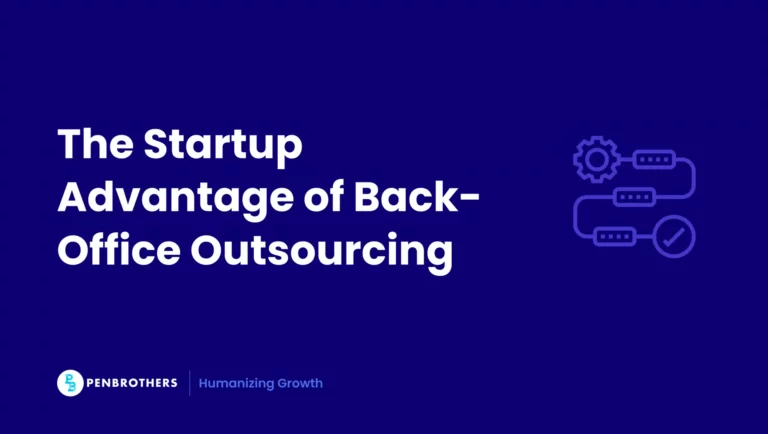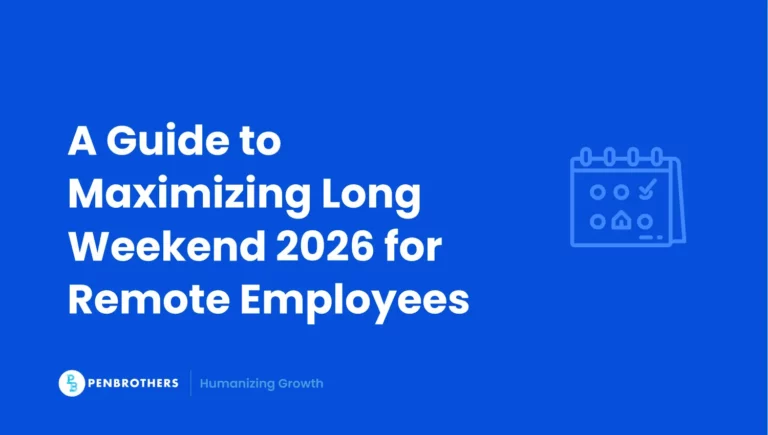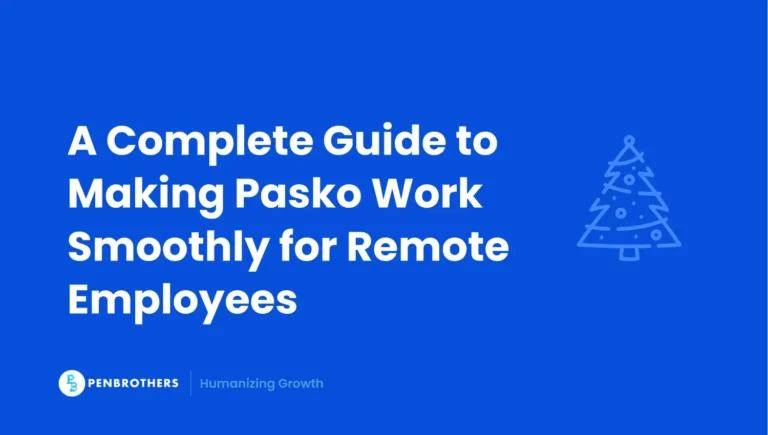Hiring a sales manager is not just about filling a role, it’s about setting the foundation for predictable revenue. A great hire establishes consistency in pipeline and forecasting. A poor one can cost millions in lost deals, missed targets, and wasted time. According to the Bridge Group’s 2024 Sales Development Report, companies with strong front-line sales leadership hit quota attainment at 20% higher rates than those without.
The True Role of a Sales Manager (Beyond Hitting Quotas)
Many founders mistakenly promote their best seller into a management role. But sales managers are not “super-closers.” Their real value lies in:
- Building repeatable systems and processes
- Coaching and developing reps
- Aligning sales activity with broader business goals
- Creating accurate forecasts that allow leaders to plan growth
Predictability comes not from one-off wins but from consistent systems. This is similar to how marketing leaders align strategy and structure with growth. To see how compensation impacts leadership effectiveness across markets, check out the comparison of marketing roles salaries in the US vs the Philippines.
Cost of Getting It Wrong
The stakes are high. Research from CSO Insights shows that underperforming sales managers miss targets by an average of 24%. The ripple effects include:
- Revenue leakage: Missed forecasts, slipped deals, and stalled pipelines create unpredictable cash flow. Even a single quarter of weak sales leadership can cost a company millions.
- Wasted time and opportunity: Recruiting, onboarding, and ramping a new manager often takes 6–9 months. If the hire fails, you’re forced to start over while competitors pull ahead.
- Team morale and retention risks: Sales teams mirror their manager. Poor coaching or lack of direction leads to disengagement, lower productivity, and the loss of top-performing reps who won’t tolerate weak leadership.
Hiring missteps here hurt harder than in most other functions.
Defining the Ideal Sales Manager Profile
When defining the profile, focus less on “star sellers” and more on leadership capacity. Traits to prioritize:
- Resilience under pressure: Sales managers live in the world of quotas, shifting targets, and market volatility. They need the grit to absorb pressure without transferring stress to the team.
- Coaching ability: Great managers don’t just review numbers, they develop people. They know how to upskill average performers and replicate the success of top reps.
- Problem-solving mindset: Deals stall, competitors undercut, and pipelines dry up. Effective managers troubleshoot these challenges with creativity and speed.
- Accountability and structure: Predictable revenue depends on process. Strong leaders enforce reporting discipline, build playbooks, and ensure metrics are tracked consistently.
Industry expertise matters in later-stage companies, but for startups, leadership qualities often outweigh niche knowledge. When niche expertise is required, founders sometimes turn to offshore partners. Our guide on outsourcing niche skills explains how companies fill specialized leadership gaps without slowing growth.
Internal vs External Hire: Which Path Makes Sense?
There’s no one-size-fits-all approach to hiring a sales manager. The right path depends on company stage, existing team dynamics, and growth goals. Each option comes with trade-offs:
1. Internal promotion
- Pros: Promoting from within is faster and less costly than a full search. It rewards loyalty, boosts morale, and ensures cultural alignment since the person already understands your processes and customers.
- Cons: The risk is pulling your top closer out of the field. A high-performing seller may not have the coaching and operational skills needed for management, which can hurt both revenue and team development.
2. External hire
- Pros: Brings fresh perspective, new methodologies, and access to broader professional networks. External hires often introduce playbooks and strategies learned in other high-growth companies.
- Cons: More expensive in both salary and ramp-up time. They need months to learn your culture, product, and team before they can drive results.
3. Fractional or interim manager
- Pros: A flexible solution for startups or lean teams that need leadership but can’t commit to a full-time role. Fractional managers bring senior-level expertise part-time, helping to design systems and coach reps without the overhead of a permanent hire.
- Cons: Limited availability and less embedded in day-to-day culture, which may reduce long-term impact.
Cost is often a deciding factor. That’s why founders benchmark against offshore markets. The Philippines salary guide shows how tapping global talent pools creates cost efficiency without compromising quality.
Building a Predictable Hiring Process
Predictability starts with process:
Step 1: Document expectations
Start with a crystal-clear job description that goes beyond vague “quota-carrying” language. Define specific KPIs, compensation bands, reporting lines, and cultural expectations. This not only attracts the right talent but also sets transparent standards from day one.
Step 2: Write a compelling job ad
Your job ad should highlight leadership impact, not just sales output. Position the role as a builder of systems and teams. Inclusive language is critical, it widens your candidate pool and ensures you don’t unintentionally filter out strong but overlooked talent.
Step 3: Screen with rigor
Use psychometric assessments and structured screening calls to evaluate leadership qualities, problem-solving skills, and adaptability. This filters out candidates who look great on paper but lack the temperament for management.
Step 4: Structured interviews
Replace unstructured chats with scenario-based role plays. For example, ask: “A rep has consistently missed quota for two quarters. How do you handle it?” This reveals coaching ability, accountability, and leadership style better than generic questions.
Step 5: Case study exercise
Have candidates build a 90-day sales manager playbook or walk through a pipeline forecasting exercise. This tests their ability to create structure and drive predictability, the very essence of the role.
A disciplined process reduces bias and weeds out “flashy resumes” without substance.
Red Flags to Watch Out For
Pay close attention during interviews:
- Resumes stacked with tools but lacking measurable outcomes
- Candidates who focus on theory but lack applied problem-solving
- “Player-coaches” seeking the title but resisting accountability
- Poor communication or inability to align across functions
These signs often predict weak pipeline discipline and low team cohesion.
Where to Find Strong Candidates
Sales managers are in demand globally, but smart sourcing expands your pool:
- LinkedIn, Glassdoor, and SalesJobs
- Industry-specific platforms for B2B tech, SaaS, or enterprise roles
- Referrals and professional networks
- Offshore markets like the Philippines, where sales leaders often combine adaptability with cost efficiency (see Easy Remote Jobs That Power Growth).
Onboarding for Predictable Revenue
The first 90 days define long-term success. Focus on:
- Introducing playbooks and cadences early
- Clear performance dashboards and KPIs
- Weekly coaching and deal reviews
- Setting team culture aligned with business growth
A structured onboarding process ensures your sales manager doesn’t just manage activity but drives results. This is especially critical in revenue-facing roles like remote closing, where predictable systems separate high performers from inconsistent hires.
Final Thoughts
Hiring a sales manager is one of the most consequential decisions for any founder. Get it right, and you unlock predictable revenue. Get it wrong, and you risk churn, lost revenue, and wasted months.
The formula is clear:
- Define the right profile
- Run a disciplined hiring process
- Onboard with rigor
Treat this hire with the same intensity you give product or fundraising. The payoff is consistent, scalable growth.






